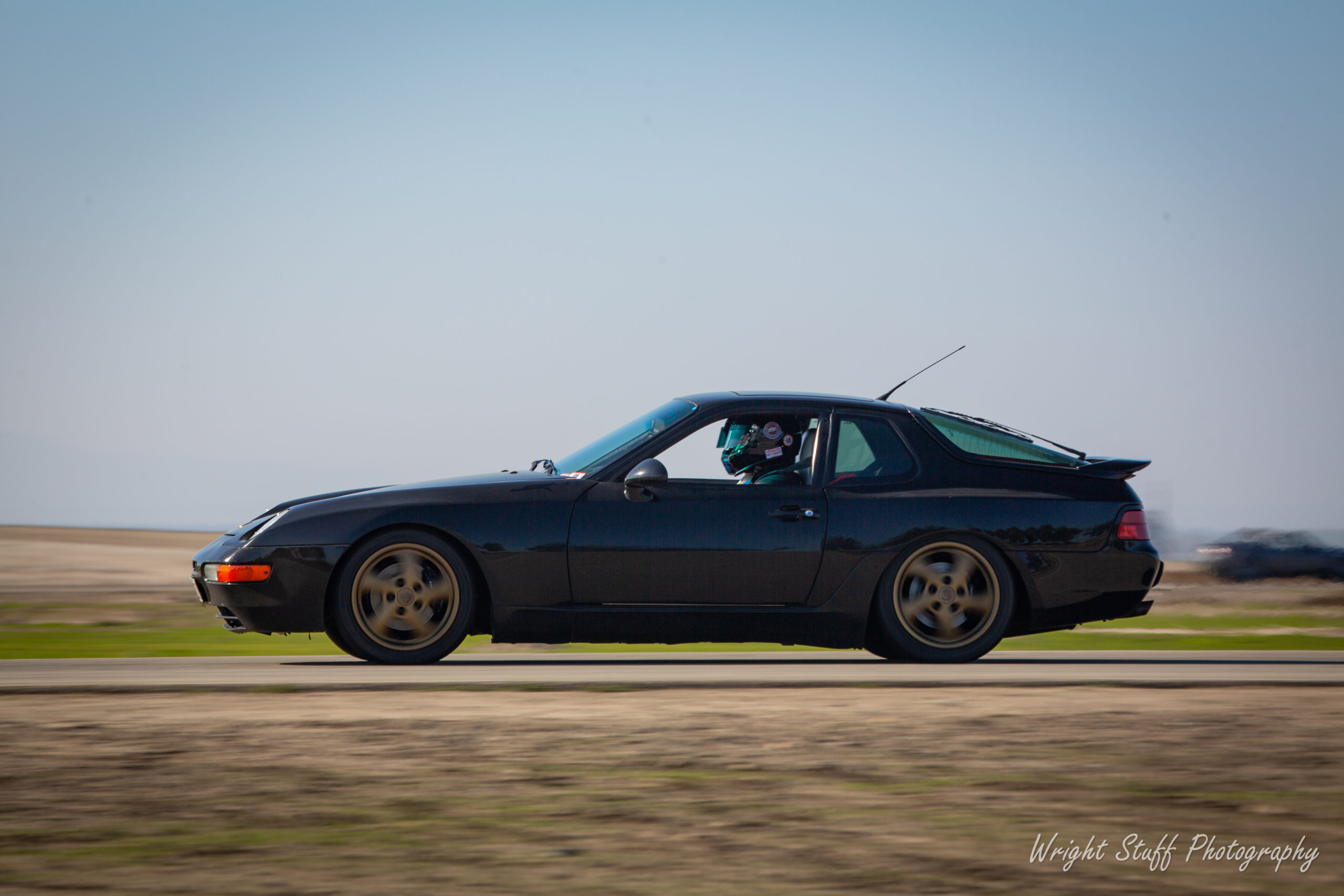Rebuilding the alternator myself I was given the opportunity to select high quality bearings. Not all bearings are the same and that becomes clear when re-manufactured alternators fail faster than the one that came with of the car. In fact, even going with the exact same bearings as the ones coming out may not be the correct either.
The large bearing 6303DU8 that was mounted closer to the pulley (FWD) appeared to be in good shape. Minimal play and no grease or dust present around the seals. With the smaller bearing 6201DU that was mounted further away from the pulley (AFT), it was not the case. The bearing had more play and a large amount of grease and dust around the seals.


Both bearings were high quality NSK bearings made in England. Looking up the part numbers uncovered that the FWD bearing was designed specifically for alternators. The AFT bearing was nothing special. Doing some more in-depth searching I found a technical article form 1998. The article, High-Performance Ball Bearings for Automotive Alternator Applications published by NSK, explains the struggles of alternator bearing design due to the high speeds, loads, and temperatures in compact high output alternators. Seal design and grease selection is the key to longer bearing life in these applications. Modern alternators can run at rpms as high as 20k, which the 6201DU bearing used in the AFT was not designed for. This suggests that over time the grease and seals have overheated and the grease seeped out.
Using this technical article I was able to select bearings that are designed specifically for the high speed operation. The FWD bearing I selected was B17-102-A-1T1XDDG03-NSK and the AFT bearing I selected was SKF 62012RSJ. Both of these bearings have the correct seal design and speed rating for an alternator.


